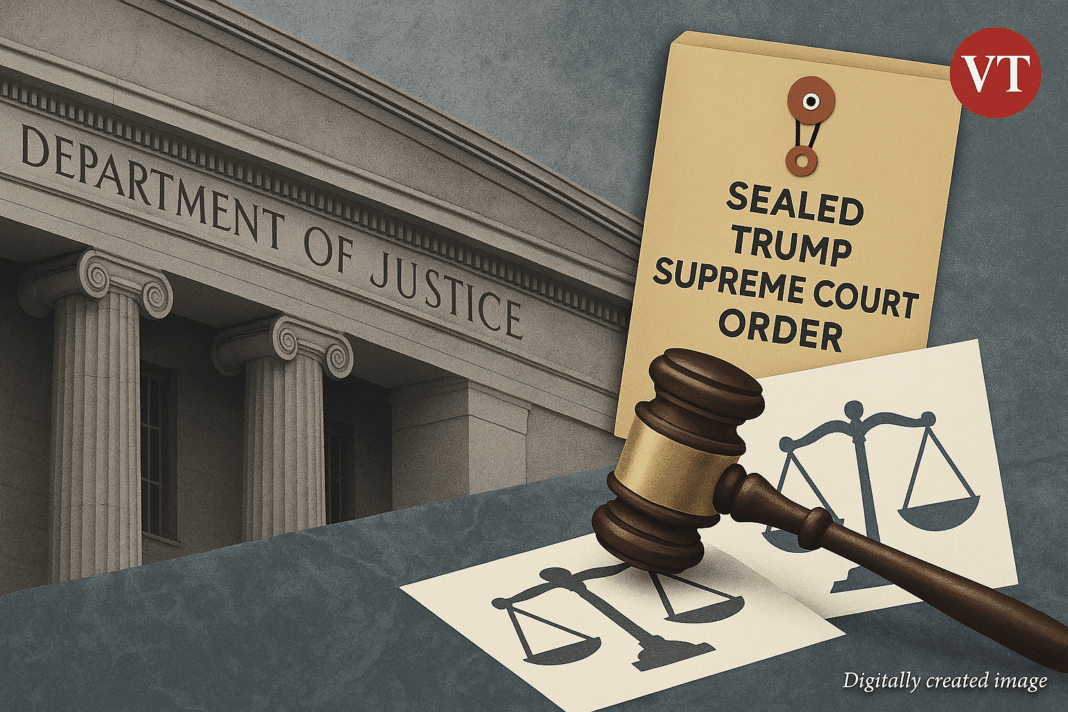- The U.S. Supreme Court granted President Trump’s request to remove three Democratic appointees from the Consumer Product Safety Commission (CPSC).
- This follows the Court’s earlier decision allowing Trump to terminate labor board officials, despite a 90-year-old precedent protecting independent regulators.
- Democratic commissioners argued their firings were unlawful and linked to their regulatory positions on lithium batteries and staffing reductions.
- The decision effectively leaves the CPSC without a quorum and reignites debate over the constitutional limits of presidential power.
The Big Picture
In a late-night ruling on Wednesday, the U.S. Supreme Court cleared the way for President Donald Trump to remove three Democratic commissioners from the Consumer Product Safety Commission (CPSC), a regulatory body established by Congress to operate independently of political control.
The emergency order, which reverses a Maryland judge’s prior decision reinstating the commissioners, continues the Court’s trend of rolling back protections for members of independent agencies. The removed officials — Mary Boyle, Richard Trumka Jr., and Alexander Hoehn-Saric — were appointed by former President Joe Biden and were set to serve until October 2025.
What’s New
According to Courthouse News Service, the Trump administration argued that the removals were necessary because the commissioners had taken regulatory actions that contradicted administration policies — including opposition to importing certain lithium-ion batteries and resisting proposed staff cuts.
After their reinstatement by U.S. District Judge Matthew Maddox, the commissioners moved to reverse actions taken during their absence. They blocked planned reductions-in-force and resumed regulatory initiatives. President Trump pointed to these actions as evidence of insubordination within the executive branch.
The commissioners, however, argued their steps were lawful duties and intended to fix unlawful changes made while they were removed from office.
What They’re Saying
The Biden-era appointees argued that their removal violated Humphrey’s Executor v. United States (1935), a precedent that protects independent board members from dismissal without cause. Under this decision, such officials may only be removed for misconduct or neglect of duty.
Meanwhile, U.S. Solicitor General John Sauer defended the removals by invoking the Court’s May ruling in Trump v. Wilcox, which allowed Trump to fire members of the National Labor Relations Board and the Merit Systems Protection Board. Sauer argued in briefs that lower courts were improperly treating the earlier order as “a one-time ticket.”
What’s Next
With only two commissioners now remaining, the CPSC lacks a quorum — the three-member minimum needed to conduct official rulemaking or enforcement. The White House is expected to move quickly to nominate new replacements who align with the administration’s direction.
Legal experts believe this case may signal further judicial endorsement of the “unitary executive theory”, which argues the president has full control over the executive branch, including the power to remove agency heads at will.
The Bottom Line
While emergency orders don’t formally establish new precedent, this decision reinforces a larger judicial movement toward expanding presidential authority. As the CPSC is left paralyzed, observers warn that the pattern of reshaping independent agencies could have long-term implications for consumer protection, labor policy, and civil service integrity.
Follow Virginia Times for regular news updates. Stay informed with the latest headlines, breaking stories, and in-depth reporting from around the world.
A global media for the latest news, entertainment, music fashion, and more.















